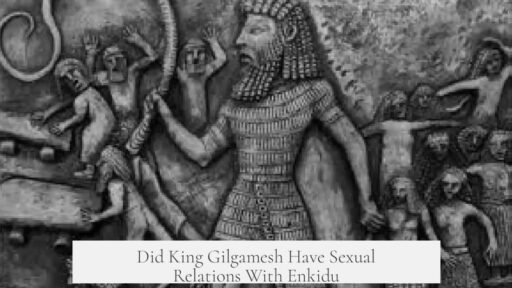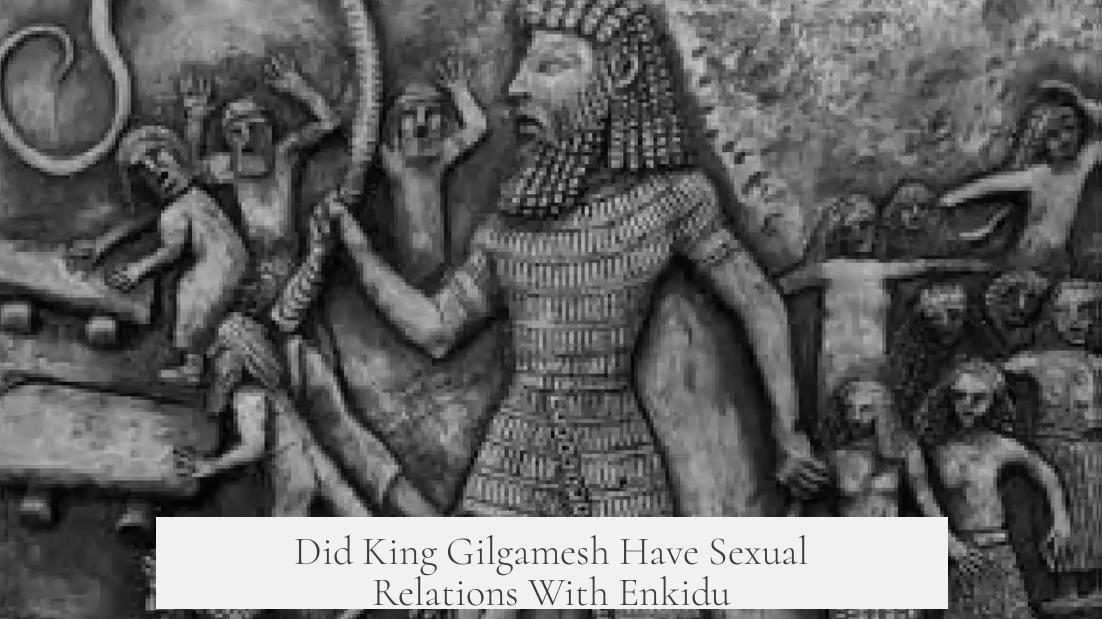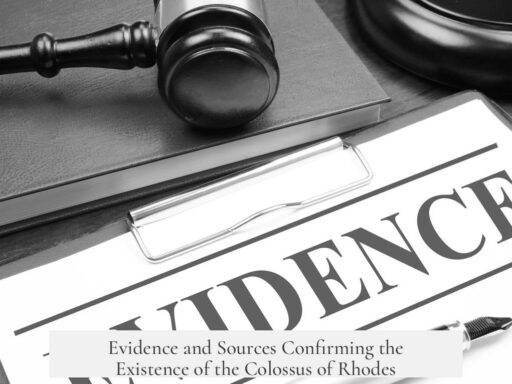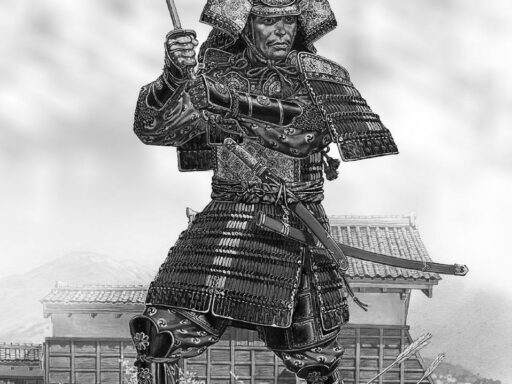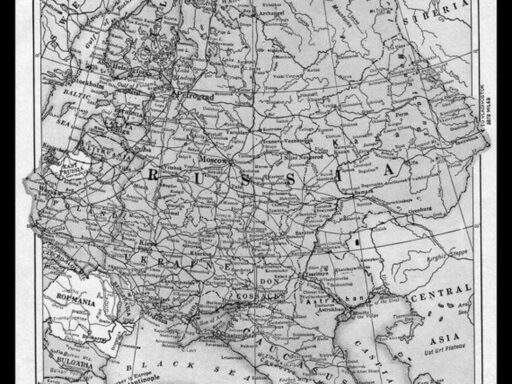The Epic of Gilgamesh presents the relationship between King Gilgamesh and Enkidu as deeply intimate and transformative but stops short of explicitly confirming that they had sexual relations. Their bond is described using passionate language, often likened to the closeness of a husband and wife. However, no direct textual proof establishes a sexual relationship between the two characters. The nuanced portrayal leaves room for interpretation, influenced by cultural contexts and modern scholarly perspectives.
The distinction between the literary and historical Gilgamesh is important. Historical evidence for a real King Gilgamesh is sparse. None of the scant historical sources provide information on his sexuality or intimate relationships. Discussions about sexual relations between Gilgamesh and Enkidu pertain solely to the literary epic discovered on ancient tablets, not historical records.
Early scholarship after the rediscovery of the Epic in the 1800s focused predominantly on its flood narrative parallels and other mythological elements. Scholars then largely overlooked the nature of Gilgamesh and Enkidu’s relationship, tending not to explore questions of sexuality. Interpretations emphasizing a homoerotic or sexual dimension emerged mostly through modern re-readings rather than direct assessments of the original text.
Modern scholars have revisited the epic with fresh perspectives and a willingness to explore the possibility of homoerotic undertones. For example, Susan Ackerman in When Heroes Love highlights how certain scenes carry erotic or symbolic implications. One notable example is the wrestling scene where Gilgamesh is said to veil Enkidu’s body “like a bride,” language that resonates beyond mere friendship.
| Aspect | Description |
|---|---|
| Explicit Sexual Relations in Text | No confirmed sexual relations between Gilgamesh and Enkidu appear in the epic. |
| Metaphoric Expressions | Their bond is often described as “like man and wife,” suggesting intimacy but not confirming sex. |
| Sexual Activity in Epic | Explicit sex occurs between Enkidu and Shamhat, not between Gilgamesh and Enkidu. |
| Interpretations | Ranges from deep homosocial friendship to possibly homoerotic, reflecting cultural lenses. |
Sexual activity is explicitly documented regarding Enkidu’s encounter with Shamhat, a temple prostitute who civilizes him through prolonged sexual contact. This extensive sexual union lasts two weeks and symbolizes Enkidu’s transformation from wild beast to fully human being. Notably, this sexual experience stands apart from Enkidu’s relationship with Gilgamesh, which centers on companionship and mutual respect rather than physical intimacy.
Some passages describe Gilgamesh and Enkidu sleeping closely together. However, these scenes likely reflect practical needs such as sharing warmth or the closeness of friendship rather than sexual acts. Their relationship epitomizes deep emotional and psychological intimacy rather than physical or sexual connection.
The deep friendship between Gilgamesh and Enkidu serves multiple narrative functions. It transforms Gilgamesh from a tyrannical ruler into a wise king who understands mortality. Their bond symbolizes complementary masculine traits—strength, wildness, civilization—and represents a profound brotherhood.
Interpretations that view the relationship as homoerotic or sexual often reflect contemporary attitudes. Earlier scholars hesitated to discuss sexuality openly in the context of ancient texts. Today’s scholarship embraces more diverse perspectives, allowing nuanced explorations of ancient same-sex relationships or intimacies.
In summary, the evidence within the Epic of Gilgamesh does not provide definitive proof of sexual relations between King Gilgamesh and Enkidu. Instead, their relationship emerges as an intense, transformative partnership with symbolic intimacies. The sexual themes in the epic pertain clearly to Enkidu and Shamhat, while Gilgamesh and Enkidu’s bond remains more ambiguous and open to interpretation.
- No direct textual evidence confirms Gilgamesh and Enkidu had sexual relations.
- Their relationship is described using language suggestive of deep intimacy, sometimes likened to marital bonds.
- Explicit sexual acts occur only between Enkidu and Shamhat, not between Enkidu and Gilgamesh.
- Their closeness represents a profound homosocial or possibly homoerotic bond shaped by cultural context.
- Modern scholarship is more open to exploring the ambiguous dimensions of their relationship but remains inconclusive.
Did King Gilgamesh have sexual relations with Enkidu?
There is no clear evidence in the Epic of Gilgamesh that Gilgamesh had sexual relations with Enkidu. Their relationship is described as deeply intimate but ambiguous regarding sexuality.
What kind of relationship did Gilgamesh and Enkidu share?
They shared a strong bond often compared to brotherhood or a profound friendship. Some texts describe their love as similar to a marital bond, but this may be symbolic rather than literal.
Are there any homoerotic interpretations of their relationship?
Yes, some modern scholars argue the text contains homoerotic elements. For example, descriptions like Gilgamesh covering Enkidu “like a bride” suggest intimacy beyond friendship, though this remains debated.
Did the epic describe any sexual acts between Gilgamesh and Enkidu?
The epic explicitly describes sexual acts between Enkidu and the woman Shamhat, not between Gilgamesh and Enkidu. Their closeness involves shared experiences but no direct sexual encounters are mentioned.
How do modern interpretations affect the understanding of their relationship?
Modern scholars are more open to reading the relationship as homoerotic or sexual, reflecting contemporary questions and perspectives, unlike earlier scholarship that avoided this topic.
